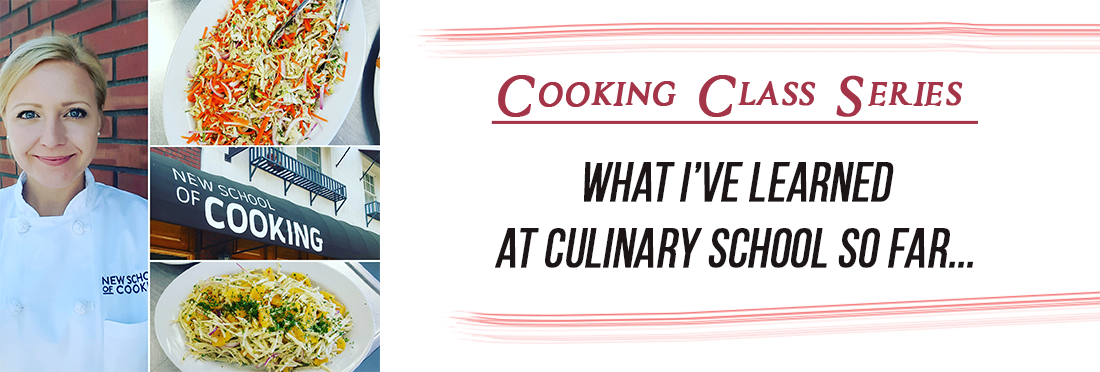
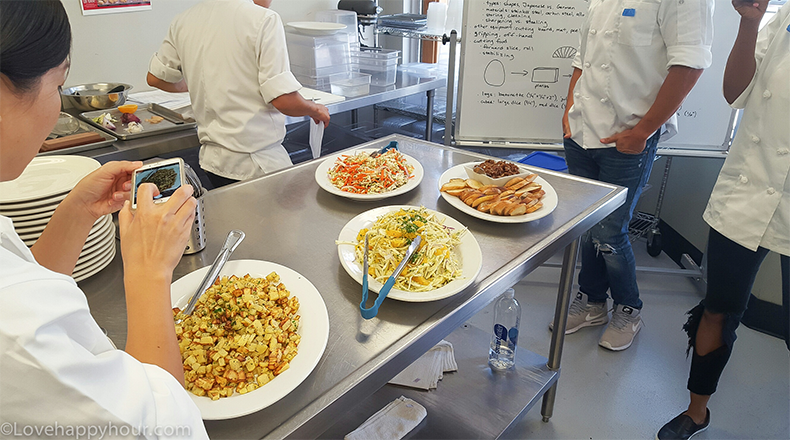
When people find out I’m attending a 5-month culinary course they usually ask me, “What are you going to do with that? Are you going to become a chef?” The truth is, I’m not exactly sure yet. All I know is that I’ve always wanted to go to Culinary School and everything just fell into place (i.e. finances, timing, etc.). I told my new classmates on day 1 that I’m a home cook and blogger looking to “sharpen my skills.” It seemed that most of the other students in the class were also there to improve their skills and build their confidence in the kitchen. To make it perfectly clear, I’m taking the 20-week Pro series, not the Professional Culinary Arts Program that lasts 6 months and cost upwards of $13,000. Maybe down the road…

So on day 1, I arrived at the New School of Cooking in Culver City and was given my very own and first chef coat. I was crazy excited. I clumsily put on my new uniform and the feel of the over-sized white cooking smock made the whole day feel even more real. We sat down to rest our elbows on stainless steel tables and then made small talk as we waited for instructions from our new teacher, Chef Casto.
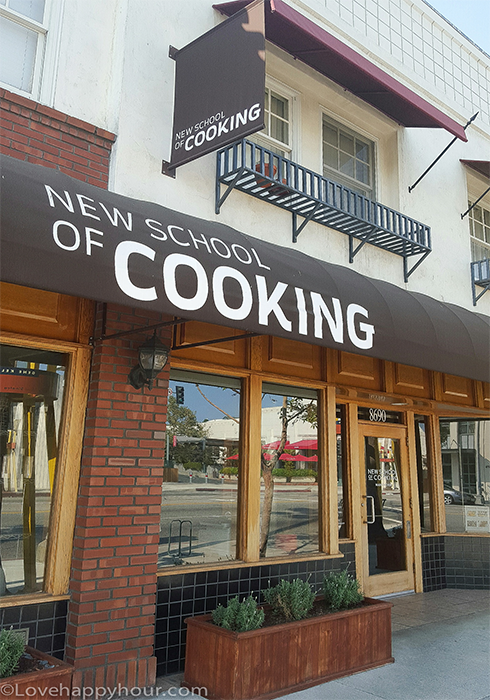
After Chef went through his bio, we took notes about the class overview and were introduced to knives: anatomy, types, materials, storing/cleaning, sharpening and knife skills. I had already taken an introductory knife skills class before, but it never hurts to keep practicing your knife skills whether it be a simple dice or the ever-so-tricky julienne. Gosh, the television chefs make it look so easy!
Chef’s knife - A chef’s knife is broad, stiff and has a slightly curved blade. The blade is 8-13 inches long and up to 3 inches wide. It’s used mostly to chop and for heavy duty slicing.
Pairing knife - In the shape of a miniature chef’s knife, the pairing knife is designed for peeling and turning fruits and vegetables as well as for fine chopping, brunoise and dicing.
Utility knife – The utility knife has no specific application. With a 5-8 inch blade, it it too small for chopping and too big for peeling.
Boning and filleting knives – Boning knives are designed to separate meat from bones. A boning knife has a sturdy handle and a narrow, tapered pointed blade. A stiffer blade in used for deboning meat with larger bones.
Slicers – 10-14 inches long, 5/8 to 1 ½ inches wide and slightly flexible. Slicers with a tapered point are used for slicing cooked meats with bones; slices with a rounded end are used for boneless cooked meats.
Serrated slicer – Blades with a serrated edge are used for slicing crumbly foods like bread, genoise and brioche and are also good for cutting through tough, fibrous foods such as fruits and vegetables.
Cleavers – Cleavers have heavy, bold blades with a blunt edge. They are designed to pinpoint a high impact blow or chop. Cleavers are used to split or crack bones.
Knife Cuts
Logs:
Batonette (1/4” x 1/4” x 2")
Julienne (1/8” x 1/8” x 2")
Fine julienne (1/16 x 1/16 x 2”)
Cubes:
Large dice (3/4”)
Medium dice (1/2”)
Small dice (1/4")
Brunoise (1/8”)
Fine brunoise (1/16”)
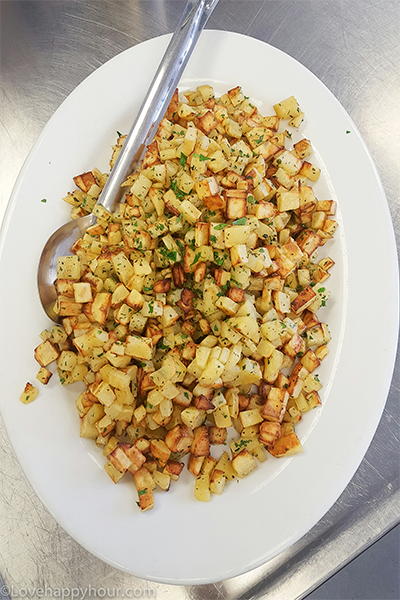
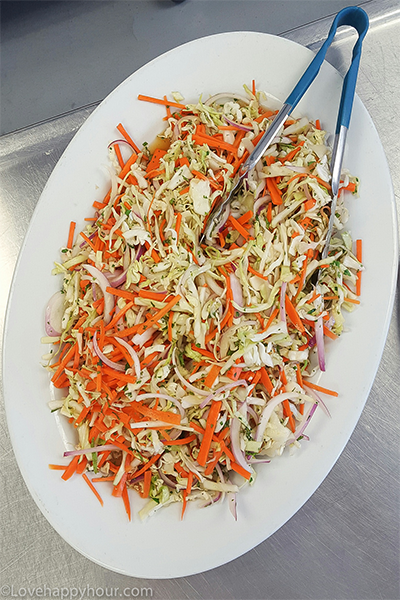
We then continued to test our knife skills on various vegetables: carrots, potatoes, onions, celery, herbs and more. Once we finished chopping and slicing, Chef’s assistant gathered all of our ingredients and we combined them to make share dishes to eat at the end.
Culver City, CA 90232
(310) 842-9702